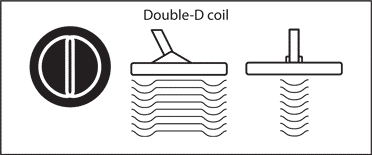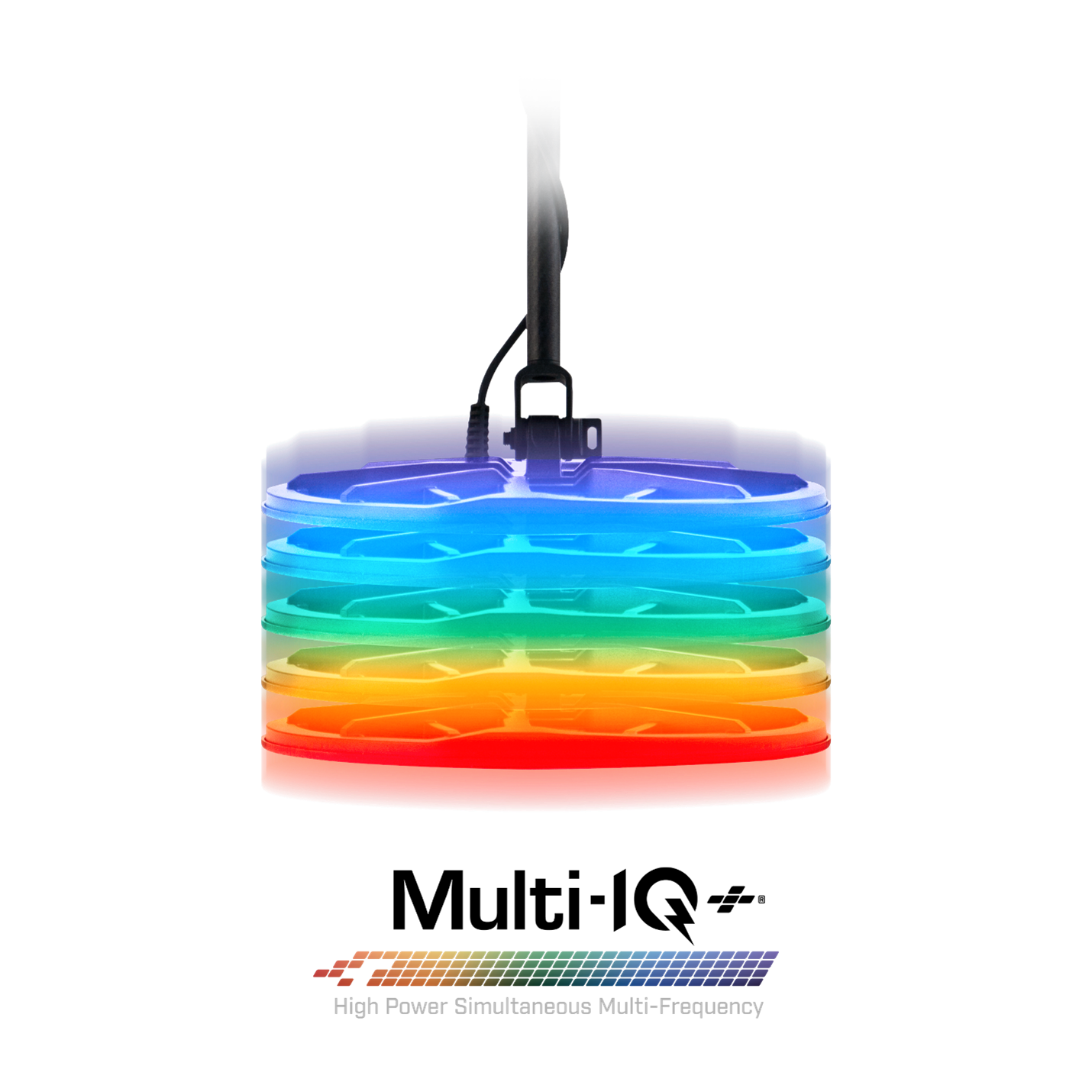Let's Talk Detector Frequencies & Coils
Generally, the lower the frequency used by the detector, the deeper it can penetrate the ground. At low frequencies however, sensitivity to small low conductive targets is reduced. The higher the frequency, the higher the sensitivity to small targets, but it will not penetrate as deeply.
For example, a Minelab GPX 6000 pulse-induction detector (which operates at a frequency of only about 1.2 kHz) and fitted with a 10x5” monoloop coil (the smallest coil currently available for the GPX 6000), will achieve significantly greater depth capabilities in terms of detecting deeper gold nuggets, particularly in highly mineralised ground, than compared to a Minelab Gold Monster 1000 detector with VLF technology (which operates at a frequency of 45 kHz) and fitted with a 10x6” Double-D coil.
Below are the nominated operating frequencies of a range of Minelab metal detectors:
GPZ 7000: “is configured to operate at a fundamental operating frequency of 3.675 kHz”
GPX 6000: “Operating Frequency of 1.225 kHz”
GPX 5000: "is configured to operate at a fundamental operating frequency of 5 kHz"
SDC 2300: "the transmit frequency is about 3 kHz"
Gold Monster 1000: "uses an intermediate 45 kHz frequency”
CTX 3030: "Simultaneous multiple frequency transmission ranging from 1.5 to 100 kHz”
MANTICORE: "Simultaneous multiple frequency transmission ranging from 5 to 40 kHz” (as well as the options of 5 selectable individual frequencies of 5, 10, 15, 20 and 40 kHz). The Minelab Instruction Manual also includes the following information: “MANTICORE does not have a 4 kHz single frequency setting. Instead, the All-Terrain High Conductors Search Mode provides a Multi IQ+ based mode that can achieve an operating frequency even lower than 4 kHz.”
EQUINOX 900: "Simultaneous multiple frequency transmission ranging from 4 to 40 kHz” (as well as the options of 6 selectable individual frequencies of 4, 5, 10, 15, 20 and 40 kHz).
EQUINOX 700: "Simultaneous multiple frequency transmission ranging from 4 to 15 kHz” (as well as the options of 4 selectable individual frequencies of 4, 5, 10, and 15 kHz).
X-TERRA PRO: "Single frequency transmission ranging from 5 to 15 kHz” (options of 4 selectable individual frequencies of 5, 8, 10, and 15 kHz).
[By comparison - Minelab's series of 'Pro-Find' pinpointers (15, 35 & 40) all have an operating frequency of about 11.6 kHz]
Different Coil Configurations
Monoloop coils (often called “Mono” coils) are a popular type of coil for Minelab detectors operating with Pulse-Induction (P.I.) technology. These coils have a winding of wire around the circumference of the coil, which is used to both transmit and receive.
The theoretical detection signal pattern of the Monoloop coil is quasi-cone-shaped, requiring more overlapping. In extremely heavily mineralised grounds they can be more difficult to ground balance, however they tend to provide slightly better depth than the ‘Double-D’ (DD) type of coils.
Many Monoloop coils are elliptical-shaped, and hence have better pinpointing capabilities on small nuggets, than compared to an equivalent sized round coil.

Alternatively, “Double-D” coils (often designated “DD” coils) are a popular type of coil for Minelab detectors operating with Very Low Frequency (VLF) technology.
A Double-D coil has two overlapping wire windings in the shape of two D’s. The benefits of a Double-D coil are stability (especially in heavily mineralised ground), good depth, sensitivity and a thorough search pattern requiring less overlap.
When used on the Minelab GPX 4000/4500/4800/5000 series of detectors, Double-D coils (unlike Monoloop coils) are able to discriminate between ferrous and non-ferrous targets when the Iron Reject function is activated.
Double-D coils are also more stable when used on wet salt beach sand, and also in electrically noisy environments.
Given the same diameter of coils, Double-D coils tend to be slightly heavier than an equivalent sized Monoloop coil.

Conventional configuration Monoloop (“Mono”) coils, and Double-D coils, would both not operate effectively with the ZVT technology used by the Minelab GPZ 7000 detector. Hence, Minelab invented the ‘Super-D’ configuration coils (sometimes referred to as a “DOD” configuration coil).
The Minelab Super-D coils consist of two symmetric D shaped receive windings (one on the left and one on the right), with a central, oval-shaped transmit winding. This Super-D coils winding geometry provides a double audio response for shallow targets, and a single audio response for deeper targets.
This configuration greatly decreases interference from magnetic soils, reducing ground noise.


